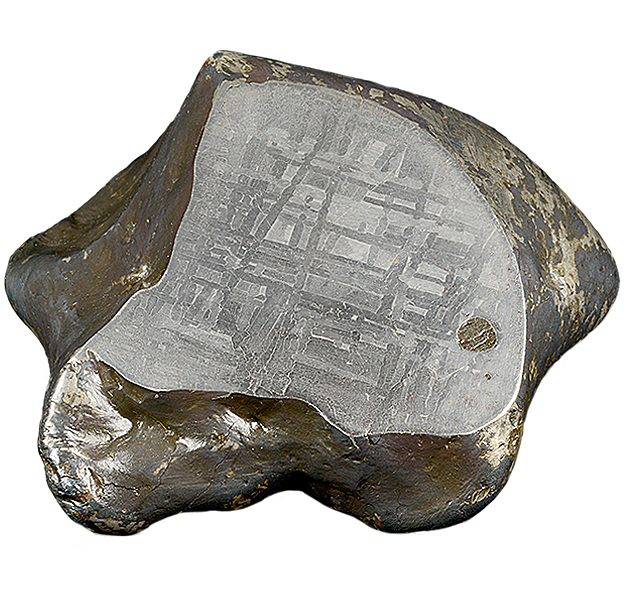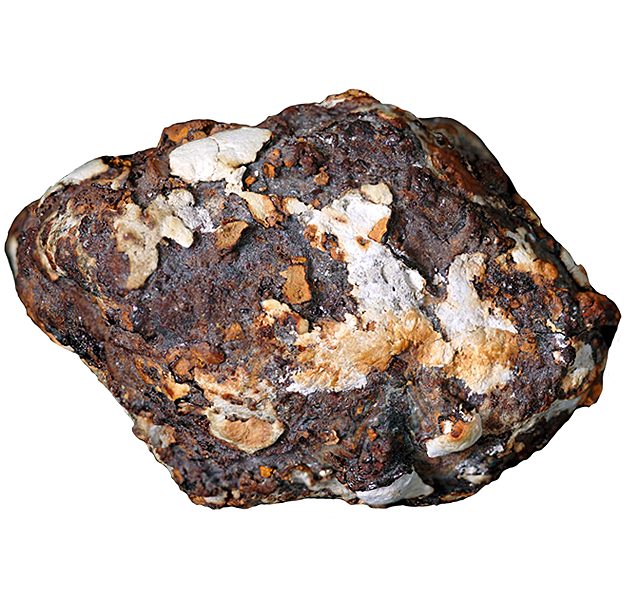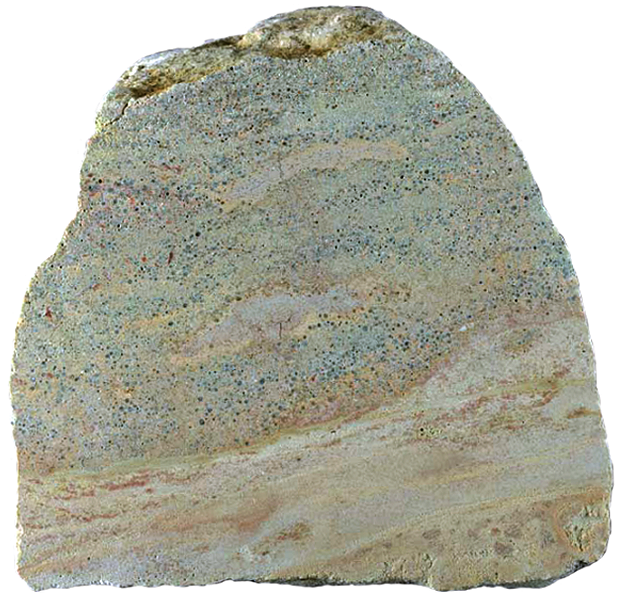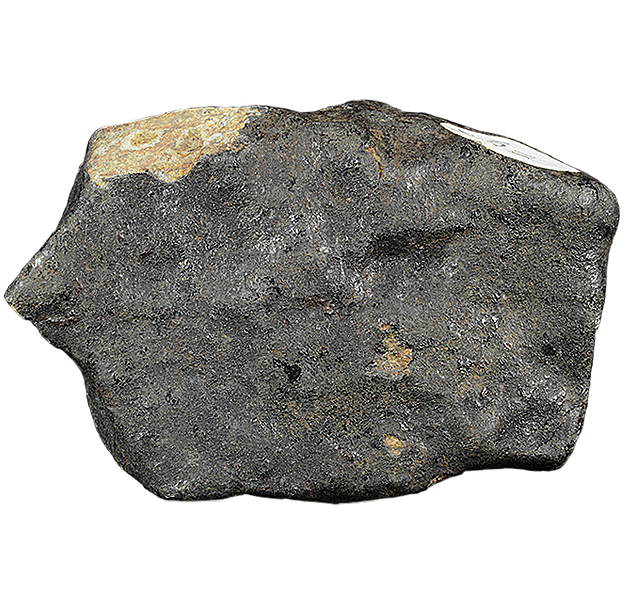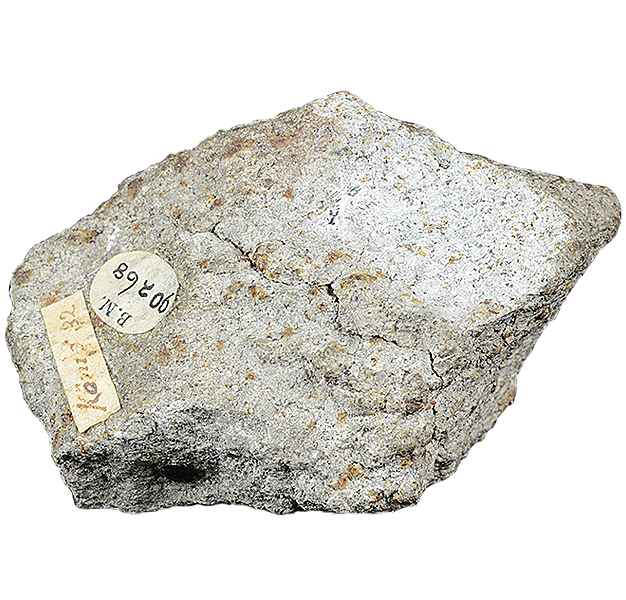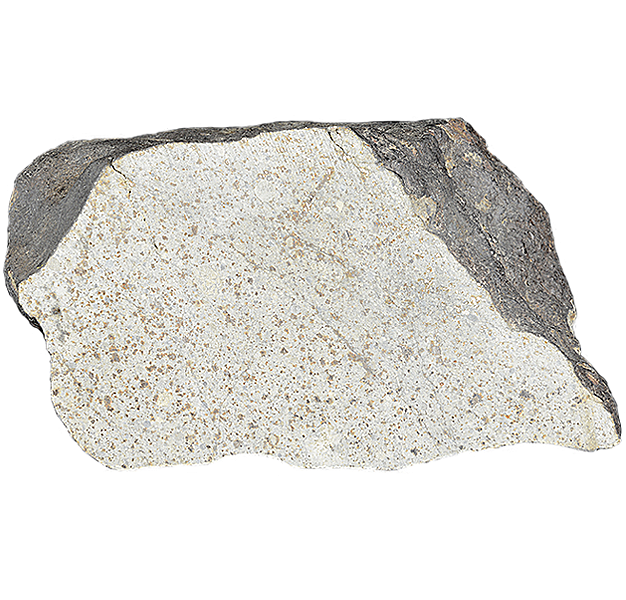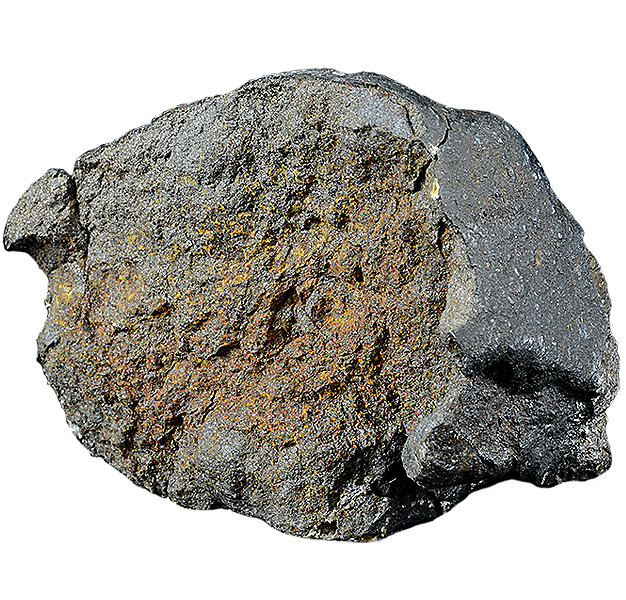
Fact sheet
After a loud rumble was heard by residents, the Pontllyfni meteorite fell on April 14th 1931. A single stone weighing 157 g was recovered, the remainder probably having fallen into the sea.
Pontllyfni is near Pen-y-groes, Gwynedd, Wales.
The Pontlllyfni meteorite is classified as a Winonaite (S3) - a type of primitive achondrite. Such meteorites may contain relict chondrules. The chondrules are so indistinct that they are difficult to see. Look in PPL to see crystals of pyroxene (rotation 1) and olivine (rotation 2). View in reflected light to see a few grains of metallic iron (silvery grey in colour) and many more grains of the golden yellow sulphide mineral troilite.
Specimen: BM1975,M.6
Thin section:
This Collection consists of meteorites that have fallen in Great Britain and Ireland and which are now preserved in museum collections. We have also included samples of the two known meteorite impact deposits in the UK.
The Natural History Museum in London offers more information about meteorites and meteorite categories; there is more information about its meteorite collections here.

